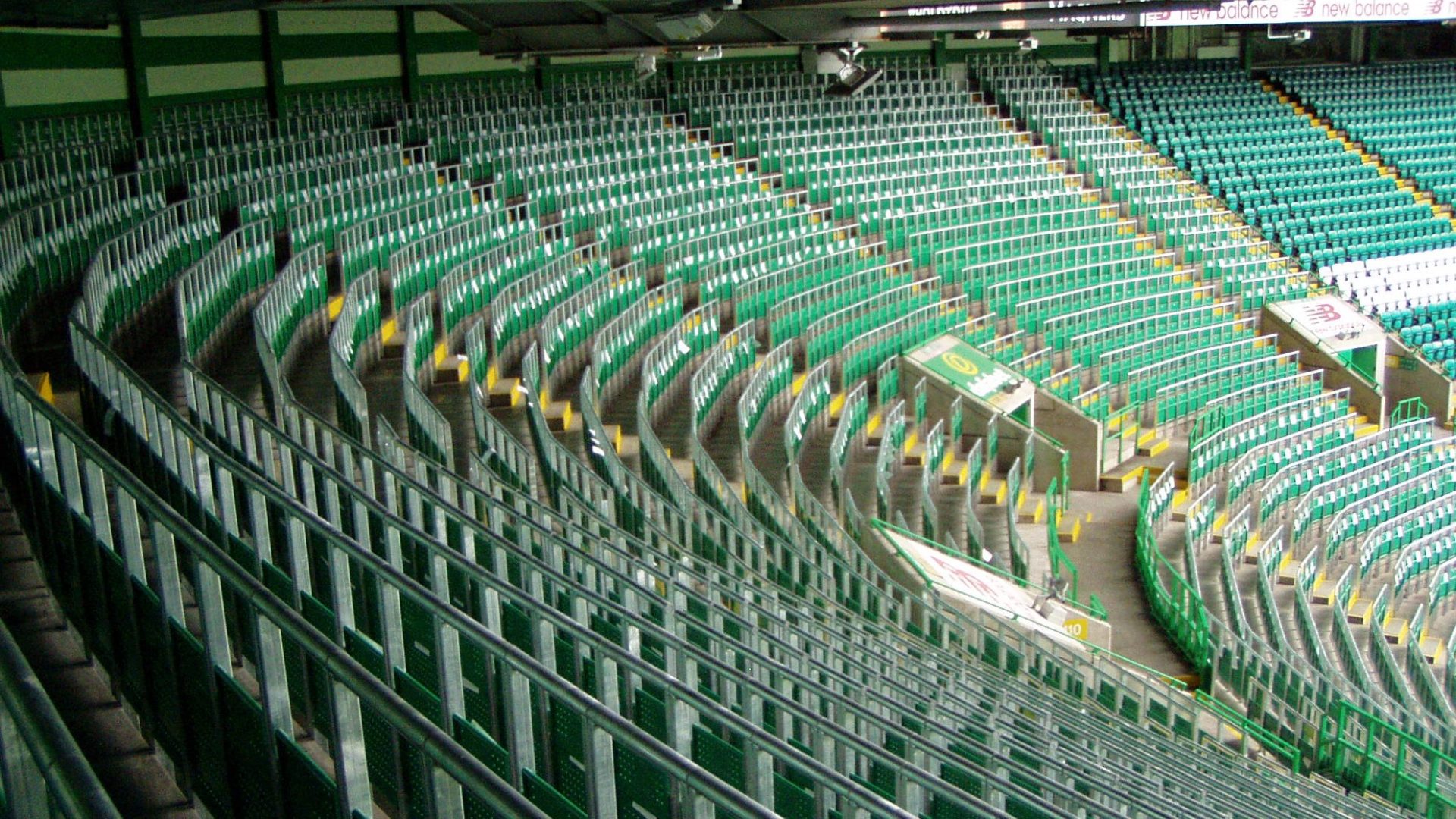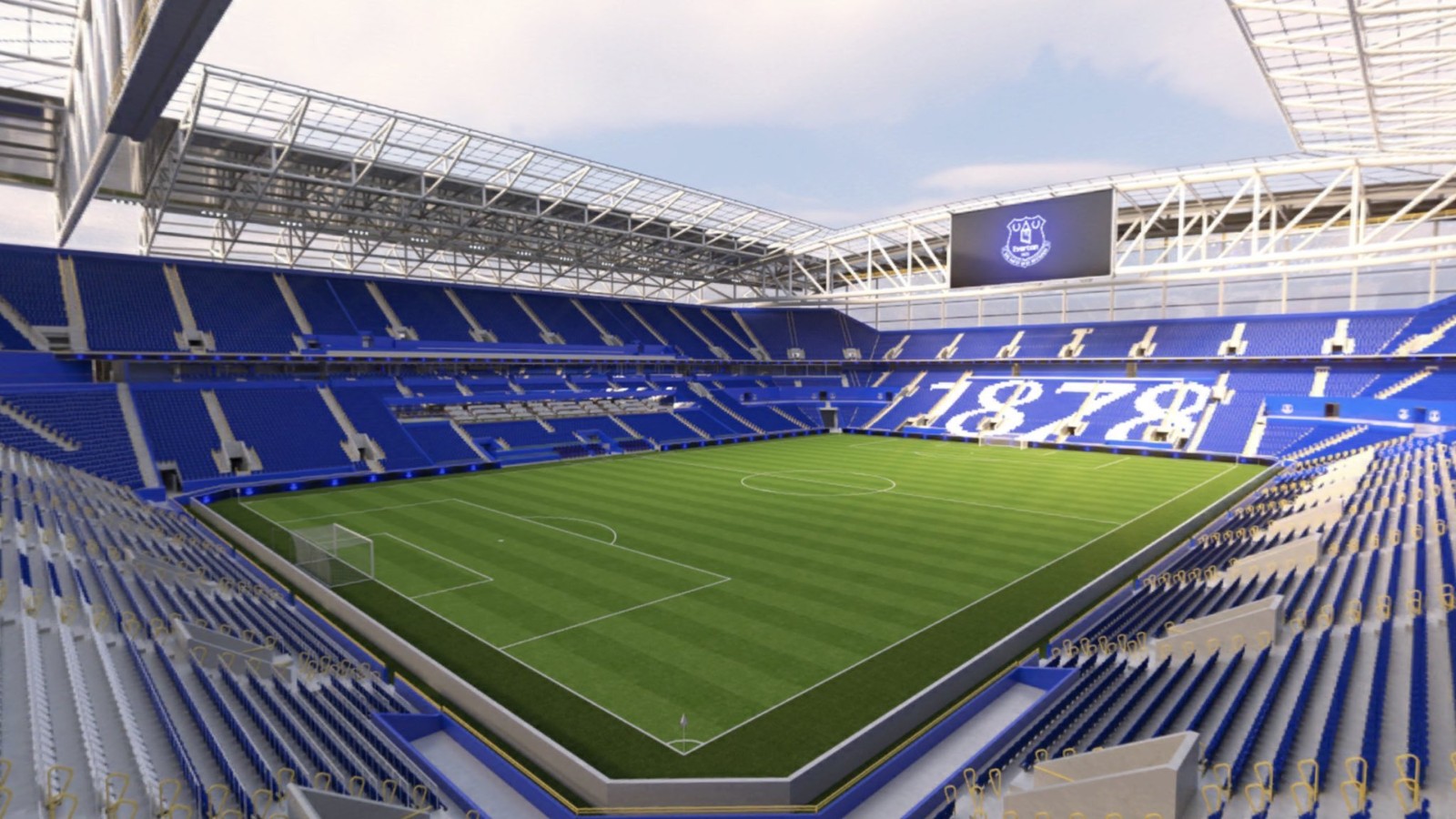Many football clubs in England’s top two tiers are considering introducing safe standing, following a government ruling this summer. Beth Thompson and Gary Lewis look at the Sports Ground Safety Authority guidance that designers and constructors will have to follow.

The UK government announced in July that Premier League and Championship football clubs can introduce licensed safe standing areas at stadiums for the 2022/23 season onwards. This means English fans can stand in allocated spaces behind barriers, as in other countries such as Germany. These typically have fold-down seats, known as rail seating.
Background to safe standing
Standing areas at football grounds in England’s top two divisions have been banned in England and Wales since Lord Justice Taylor’s report into the Hillsborough disaster, and the subsequent 1989 Football Spectators Act.
In the subsequent decades, supporter polls showed over 90% of fans wanted the choice of standing at matches. There has also been concern about spectator safety when large numbers of fans stand in areas intended for seating.
In Europe, German clubs have been pioneers of safe standing. Borussia Dortmund’s stadium permits standing accommodation for 25,000 fans in its South Stand.
Celtic became the first Scottish club to introduce safe standing in 2016, after the Scottish Premier League relaxed its rule that all stadiums must be all-seater. (The Football Spectators Act does not apply in Scotland.) In 2018, the UK government announced a review of the Act, leading to trials last season by leading Premier League clubs.
The legislative changes come after a successful government-commissioned trial at five early-adopter clubs: Tottenham Hotspur, Manchester United, Manchester City, Chelsea and Cardiff City. All reported positive impacts on spectators’ safety and match day experiences. Other clubs have since confirmed that they will adopt safe standing on a more permanent basis, including Brentford, QPR and Wolves. Wembley Stadium is set to offer a small licensed standing area for fans at domestic matches.
So what guidance will football clubs, designers and construction companies who install safe standing areas have to follow?
Safe standing licensing regime
To offer standing, grounds must apply for an appropriate licence from the Sports Ground Safety Authority (SGSA).
The licence will only permit standing in those areas with the appropriate infrastructure in place. Other areas of a ground, without barriers, will remain subject to the Government’s all-seater policy.
Football grounds interested in offering licensed standing must satisfy 16 criteria to become a licensed standing ground, as set out by the SGSA. This includes seven stadium infrastructure criteria:
- Licensed standing areas must be made available to both home and visiting supporters.
- Each seat/space must be allocated to only one spectator.
- It should not be possible for any of the seats in the proposed areas to be locked in either the ‘up’ or the ‘down’ position.
- Each seat and seat row must be clearly identifiable.
- A CCTV system must be in place and offer full coverage of the licensed standing areas.
- There must be no negative impact on viewing standards for other spectators.
- There must be no negative impact for disabled spectators.

New SGSA guidance for safe standing design
The SGSA has published new supplementary guidance to its Guide to Safety at Sports Grounds (also known as the Green Guide). Supplementary Guidance 01: Safe standing in seated areas summarises the main design and safety management issues associated with installation of safe standing areas.
These include:
- Existing or new construction. Existing stadiums may not have sufficient space to allow for safe standing, according to SGSA’s criteria.
- Viewing standards. Spectators must have a clear, unrestricted view of the whole pitch.
- Seat design. Seats must follow strict criteria. Rail seats should stay in the upright position when tipped up. No element of the seat or its edges can protrude into the clearway between the rows of seating.
- Seating row depths and clearways. There should be sufficient space to allow installation of independent barriers in front of existing seats or seats incorporating barriers. The minimum clearway width, after the installation of barriers, varies according to whether it is new or existing construction.
- Seat widths and spectator space. The Green Guide recommends a minimum seat width of 460mm for existing construction and 500mm for new construction. But as it considers standing persons occupy more lateral space, the new guidance recommends a minimum of 550mm and “preferably” 600mm of lateral space.
- Barrier design, fixings and loadings. Designers and installers will need to demonstrate that the seating rows are in good condition and of sufficient strength to allow the new barriers or rail seats to be safely installed. They will also need to run rigorous tests on the new seats and barriers.

With many football clubs showing an interest in safe standing, construction companies can expect instructions to retrofit existing stadiums to meet the SGSA’s safe standing licensing criteria. New venues, such as Everton’s Bramley-Moore Dock stadium which Laing O’Rourke is building, will also likely feature safe standing areas.
Architects and constructors should therefore take note of the SGSA’s requirements and guidance to ensure that the design is aligned with the SGSA’s application criteria.
Beth Thompson is an associate and Gary Lewis a director at Squire Patton Boggs.
Comments
Comments are closed.












Whilst this may sound like a good idea in principle, great care and caution, combined with un-biased and impartial approach MUST be taken (as I suspect this idea is being driven mainly for Commercial reasons).
There was a very good set of reasons for introducing the ban on Standing, and I cannot see any compelling evidence for going back on this Ruling and Legislation.